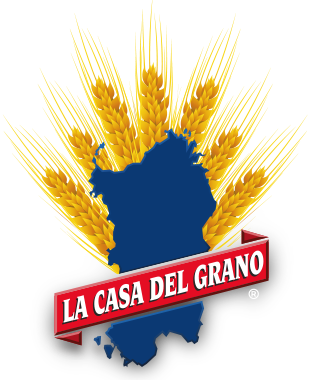Whole-wheat pasta is made from a mixture of water and whole durum wheat semolina. It is a typical Italian product, which can rightfully be considered a health product. When analysed in terms of its chemical composition, it is found to be quite similar to classic semolina or durum wheat semolina flour (the refined white kind). The carbohydrate and protein levels are almost the same, whereas the acidity is progressively better tolerated, up to 50% more than in durum wheat semolina pasta. The ash content indicates the degree of refinement and, on close inspection, is higher in less-refined products. It is precisely because of the total ash (or mineral salts), which varies more in whole-wheat pasta than it does in white pasta, that this food has a higher dietary fibre content, a higher fat and protein content, but above all, a lower concentration of carbohydrates. Another aspect worth noting are the “calories”: whole-wheat pasta has more or less the same energy values as white pasta with an almost equivalent glycaemic load but a decidedly lower glycaemic index, and slightly higher satiety index. Contrary to typical clichés on the subject, pasta is actually an essential component of a balanced diet, particularly in the nutritional regimen of athletes. Carbohydrates are unquestionably an essential source of energy for optimal performance and the body’s general well-being. Lending even more weight, therefore, to the assertion that whole-wheat pasta is an excellent ally for a healthy, balanced diet while enjoying all the tastes and flavours of Mediterranean cuisine.


